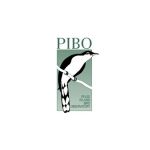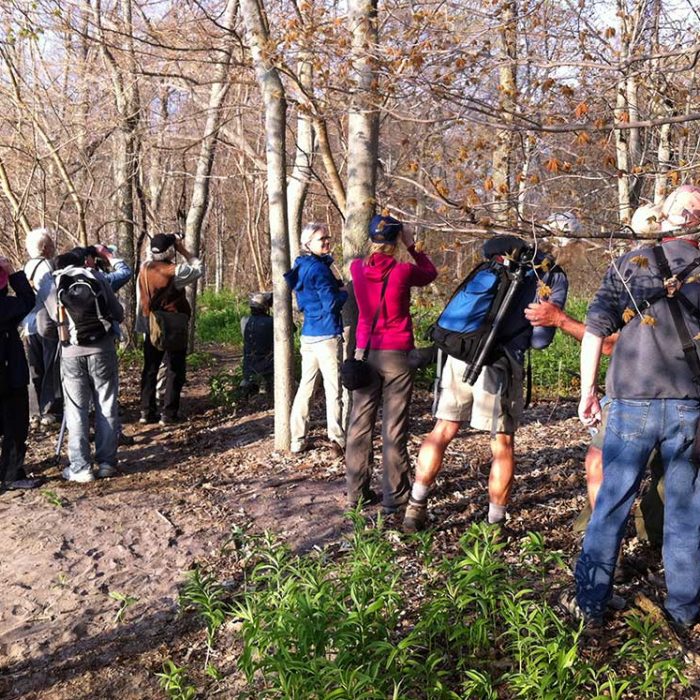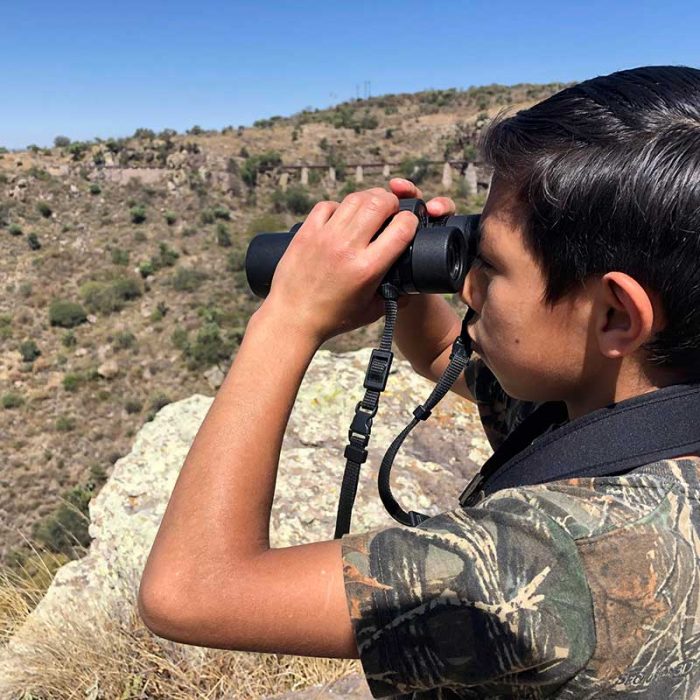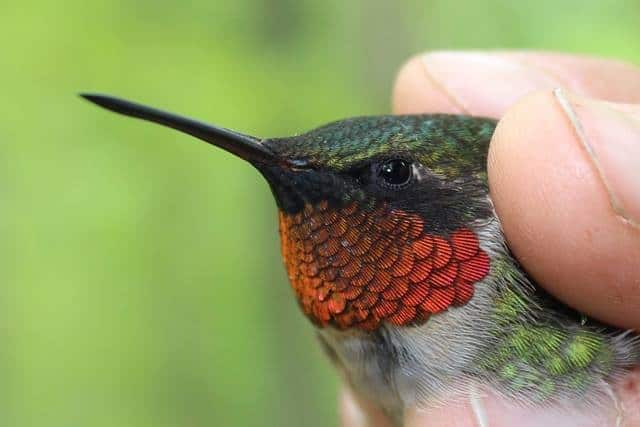With the approach, arrival, and passing of the fall equinox, the changing of the seasons was felt more than ever on Pelee Island. The timing of the sunrise grew later each day, and in the netting area and on census there were small but noticeable shifts in the diversity and abundance of birds that signalled the onset of fall. A single Red-breasted Merganser was spotted out on the lake on September 20th, a harbinger of the waterfowl migration to come; the first Brown Creeper was banded on September 19th, and on September 23rd – the first day of fall – the station recorded its first Ruby-crowned Kinglets of the season. These diminutive birds, along with their cousins the Golden-crowned Kinglets (which appeared on September 29th), are some of the first migrants to arrive in the spring and the last to leave in the fall.
PIBO also saw an increase in the number of Grey-cheeked Thrushes, which show up on Pelee Island later in the year than the closely-related Swainson’s Thrushes do. Eventually both the Grey-cheeked and Swainson’s Thrushes’ numbers will decline as individuals make their way to their wintering grounds in Central and South America, and they will be replaced at the netting area by Hermit Thrushes, which are short-distance migrants that winter mostly in the U.S. So far, PIBO has seen and captured Hermit Thrushes only in ones and twos, while Swainson’s Thrushes remain the most common bird banded at the station and Grey-cheeked Thrushes are usually the second most numerous.
Birds of prey continued to be a pervasive and harassing presence for the songbirds around Fish Point in the second half of September. The thrushes and warblers kept a low profile, flitting silently from tree to bush under the alert and hungry gaze of the Sharp-shinned Hawks, Cooper’s Hawks, and Merlins that perched on bare tree branches or soared over the canopy. When not busy hunting, the Sharp-shinned Hawks in particular amused themselves by chasing other, larger birds – how seriously, it was difficult to tell. Blue Jays, which are approximately the same size as an adult Sharp-shinned, could make a generous meal for a lucky and audacious hawk and were pursued accordingly; but the juvenile Wood Ducks feeding in Fox Pond are several times larger and heavier than even the largest Sharp-shinned. Nevertheless, one young hawk seen dive-bombing an unlucky Wood Duck on September 23rd seemed determined to try its luck – or maybe was just keeping itself entertained until it was time to go looking for lunch. Outside the point, large numbers of American Kestrels were seen perched on the powerlines above Stewart Road: twelve of them took off across the soybean fields as the PIBO van drove past on September 18th.
The number and variety of warblers seen varied from day to day, and hit a temporary low on September 25th. The morning was quiet and very overcast, with only three warbler species seen: one Wilson’s Warbler, a Western Palm Warbler, and a single Black and White Warbler. Once the unsettled weather was passed, there was a definite increase in the diversity of bird species seen around Fish Point, though they were still not numerous. Warbler species including Magnolia, Black-throated Green, Blackpoll, Bay-breasted, Myrtle and Wilson’s Warblers were seen off and on from September 27th onwards, and Ovenbirds were banded occasionally.
One surprise that came towards the end of this month was seeing and catching birds that are usually early migrants. On both September 27th and 28th, Northern Waterthrushes and Indigo Buntings were captured, and a Ruby-throated Hummingbird was seen on census September 29th. Also on September 29th, three Tree Swallows were seen, flying very high above Fish Point. And on the last day of September, PIBO’s flagship bird – the Yellow-billed Cuckoo – was seen in the netting area, on the very last net-run of the day! These sightings, though unexpected, are not unprecedented, but it was still pleasant to catch a last glimpse of these species before they finish passing through Pelee Island and are well on their way to their wintering grounds in the south.







